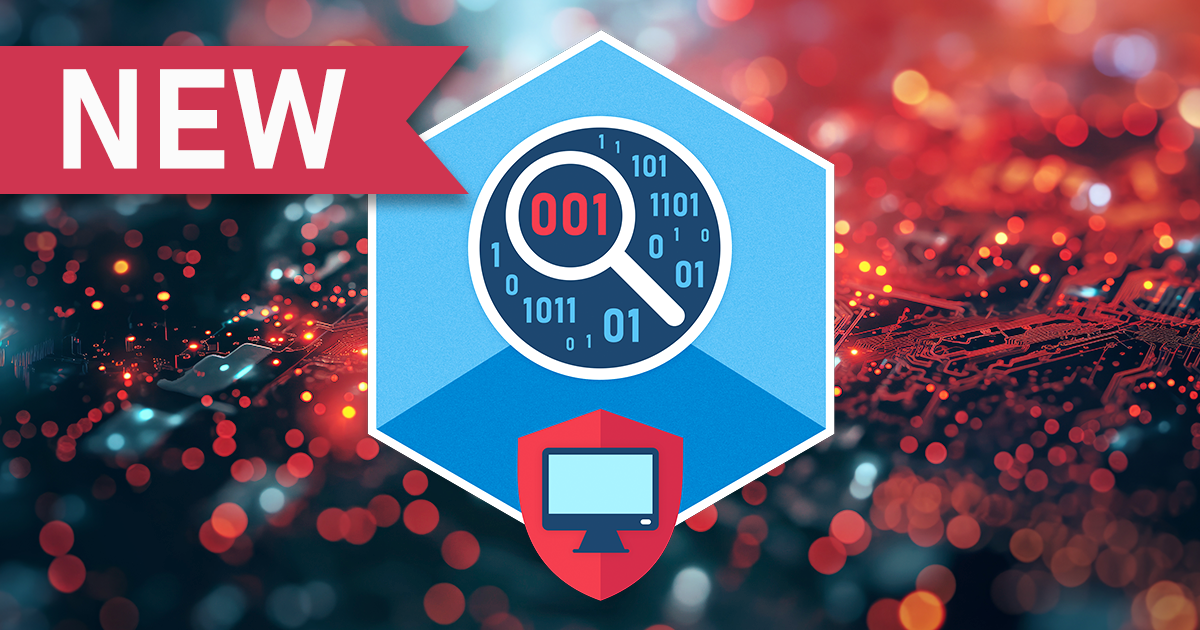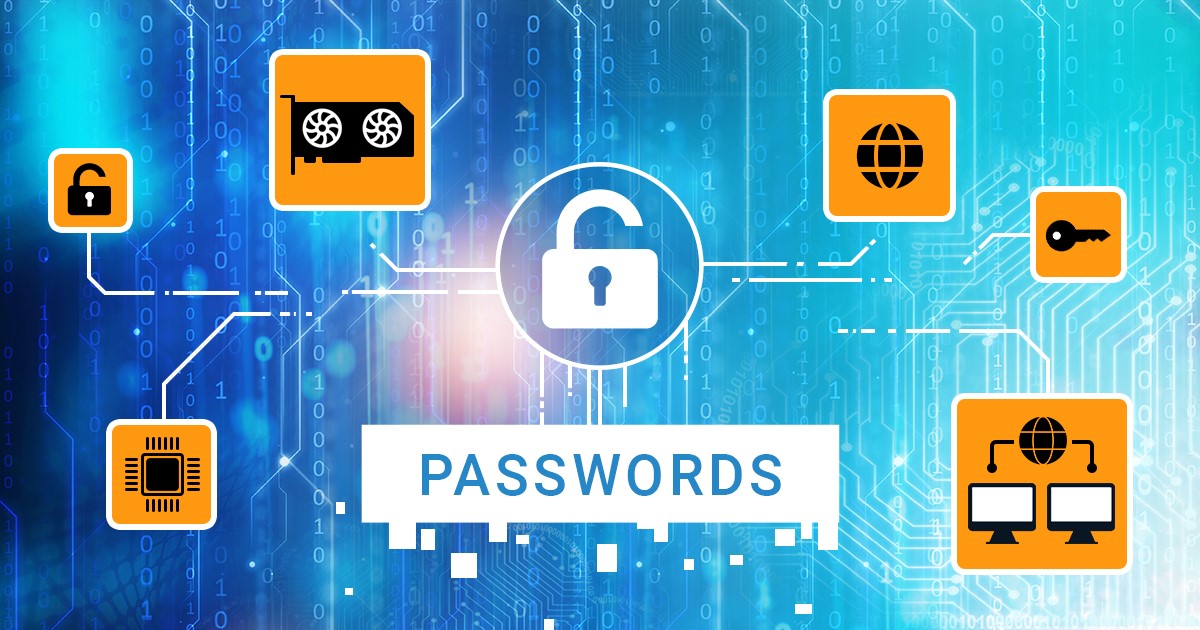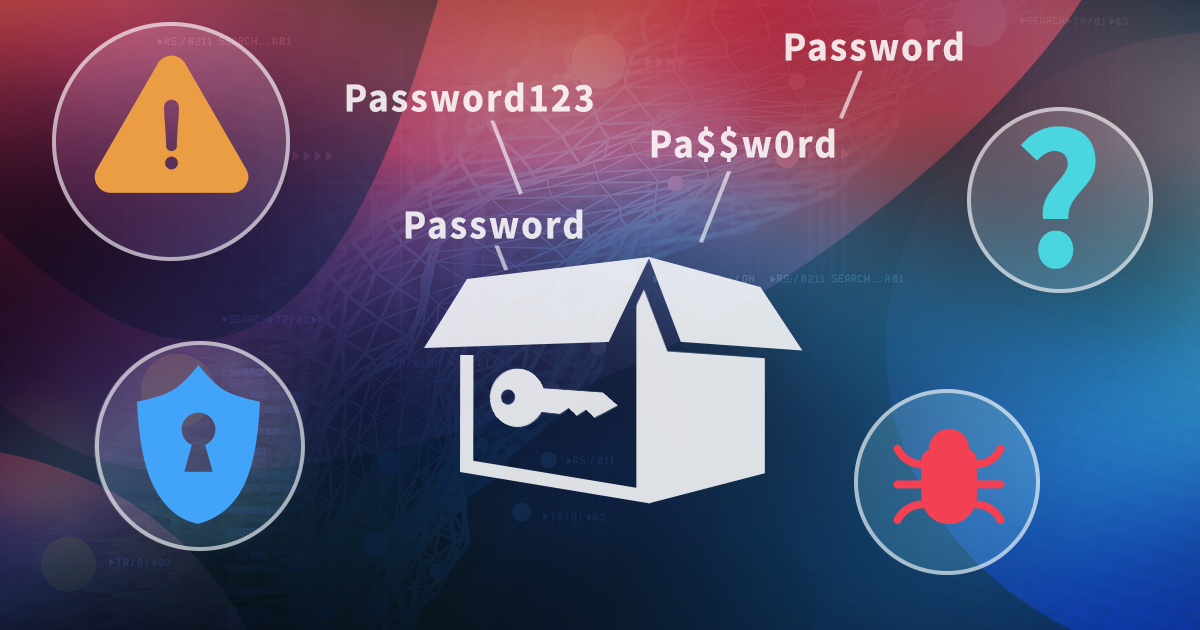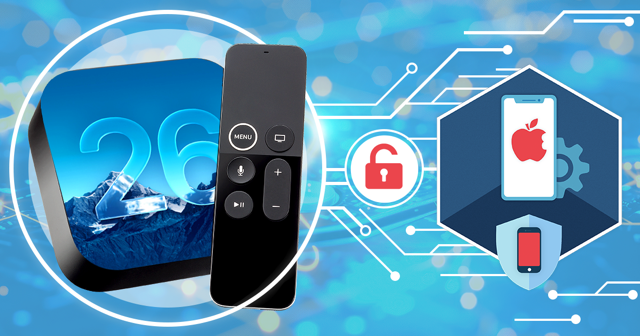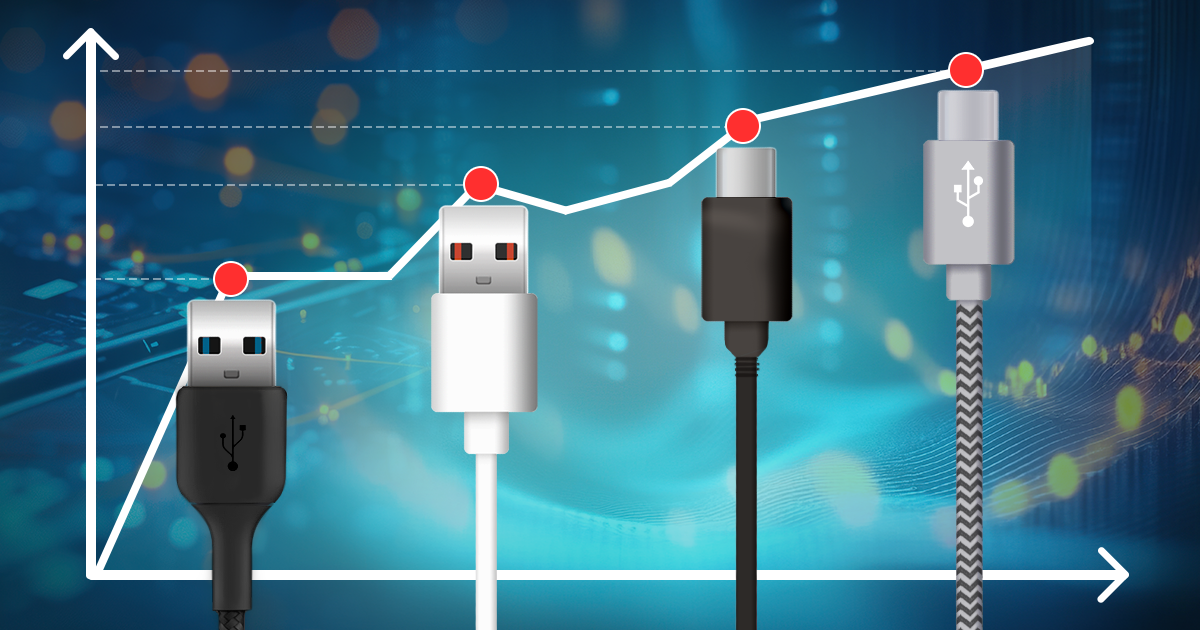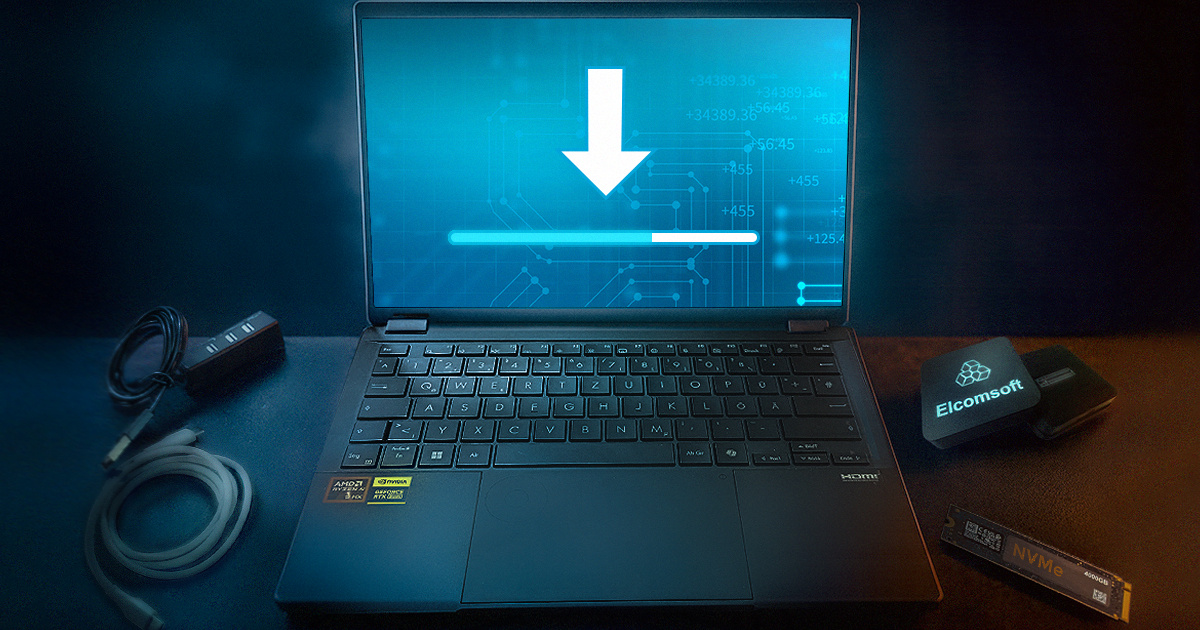November 24th, 2025 by Oleg Afonin
Most real-world passwords aren’t random – they follow the owner’s habits, preferences, and personal history. Names, birthdays, pets, team loyalties, and even old usernames affect how people build their “secret” strings. By turning this everyday information into structured, prioritized password candidates, analysts can reach higher success rates than with generic dictionaries or blind brute force. This article explains how to transform user data into a focused attack strategy.
Read the rest of this entry »
